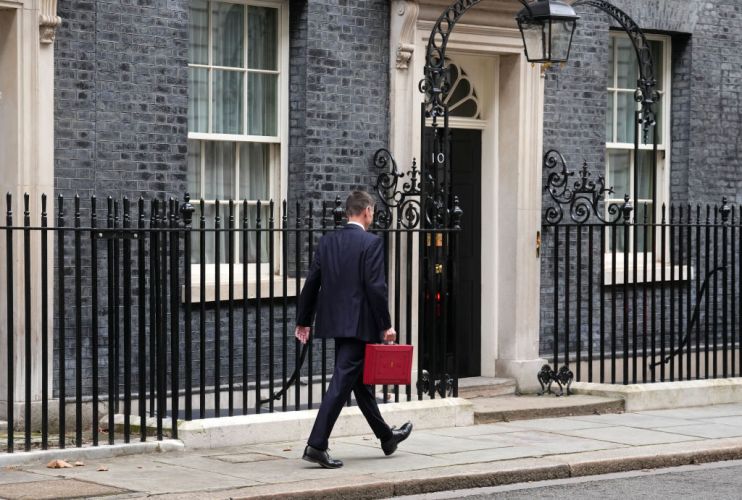Electoral and fiscal pressures will clash over the coming year – there can only be one winner

The main political parties have received no shortage of warnings about reckless fiscal plans ahead of this year’s election.
In the first week of the year, Robert Stheeman, outgoing head of the Debt Management Office, warned that the “reality of the market” will always triumph over politicians.
“Don’t kid yourself in thinking that you can develop policy in a vacuum without taking the market into account,” he cautioned.
Vivek Paul, UK chief investment strategist at Blackrock, made a similar warning last week. Reckless promises in the run-up to the election could see “the return of the bond vigilantes,” he said.
One doesn’t need a long memory to know they have a point.
Markets reacted with a vengeance when Liz Truss announced £45bn in unfunded tax cuts. The UK’s fiscal position looked uncredible, causing gilt yields to surge and bringing an ignominious end to Truss’s brief premiership.
However, the Treasury has received some good news over the past couple of months.
As inflation has come in lower than expected, gilt yields – which are closely related to rate expectations – have fallen from peaks reached last Autumn. Yields reflect the cost of government borrowing.
Last Autumn, ‘higher-for-longer’ mania was gripping financial markets sending yields on government bonds to their highest levels since the financial crisis.
But traders don’t find the higher-for-longer narrative credible any more. Bond yields have fallen as a result. For example, the yield on the 10-year Gilt surpassed 4.6 per cent in October, but has since fallen to 3.8 per cent.
Falling yields across the board means the Treasury will have an extra £12bn in headroom at the Spring Budget, according to ING. That’s on top of the £13bn Hunt received in the Autumn Statement.
But these short term trends should not make any meaningful difference to the government’s fiscal calculations, since there are very good reasons to think that bond yields will rise again over the coming year.
Over the next two years, the private sector will be asked to finance more government borrowing than ever because the Bank of England is no longer buying bonds.
For over a decade after the financial crisis, the Bank was hoovering up government bonds to keep the cost of government borrowing low. But after inflation took off in 2021, the Bank reverted to selling bonds – known as quantitative tightening.
This means the government will now have to find buyers in the private sector instead.
Economists at Nomura think that the private sector will be asked to finance £206bn from private investors this year before rising to £237bn next year. That means the government will borrow more from the private sector in the next two years than the previous nine combined.
The likelihood is that a big increase in supply without any increase in demand will put up the cost of government borrowing as the Treasury will be forced to offer a higher rate of return to attract buyers.
In other words, the recent fall in bond yields is likely to be a short-term trend.
It is well-publicised that the government’s existing headroom reflects post-election spending plans that most experts think are unrealistic.
Throw in the dynamics of the gilt market and the inherent uncertainty around inflation – which is front and centre of investors’ minds after the airstrikes on Houthi targets in the Red Sea – and the government’s additional headroom looks shaky.
And remember, all this is in the context of the highest levels of public debt since the 1960s. Everywhere he looks, then, the Chancellor faces challenges making the maths – economic and political – work.